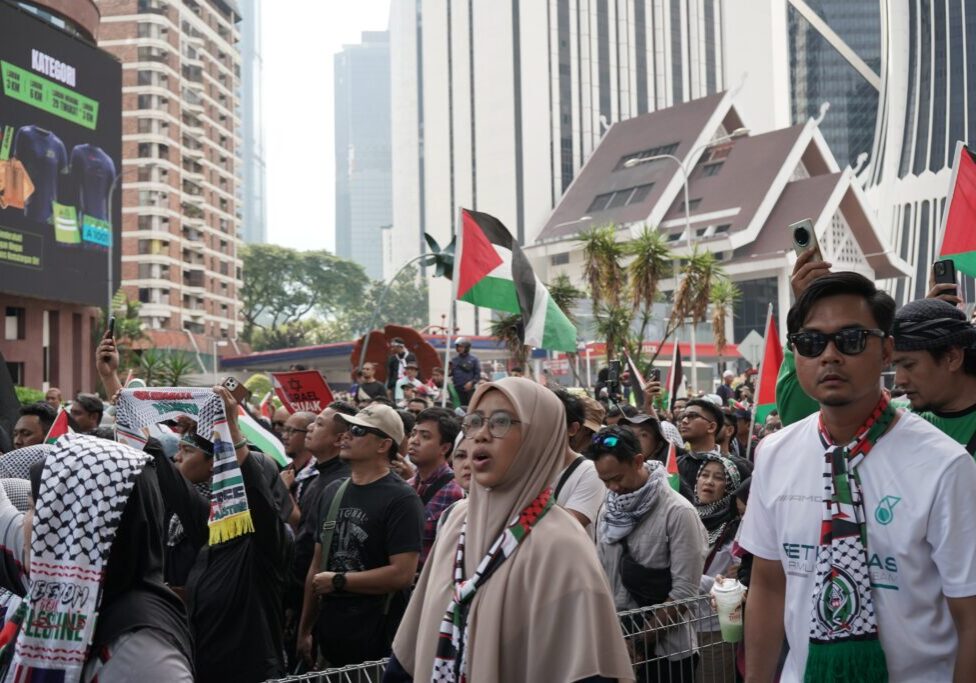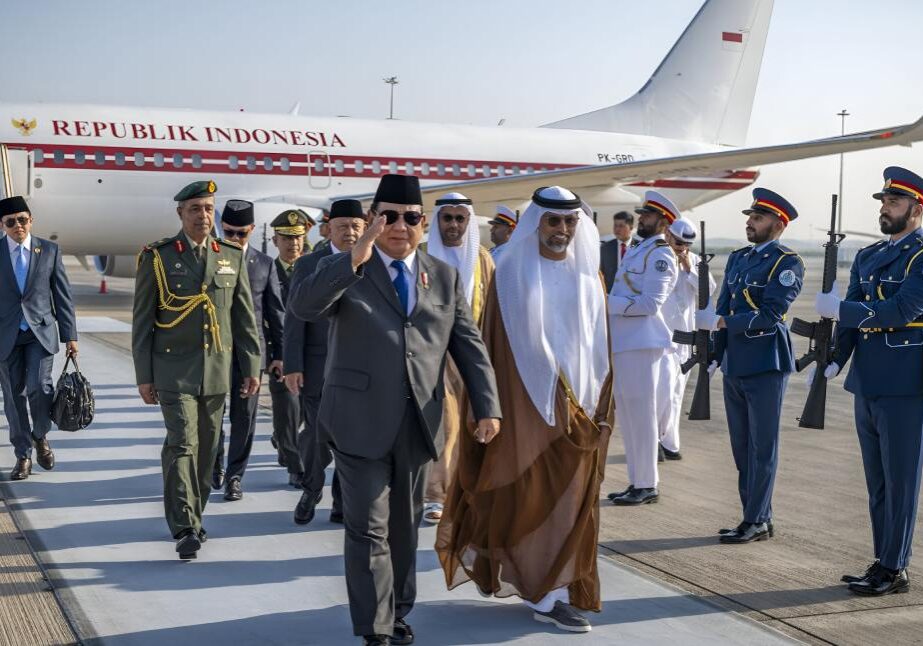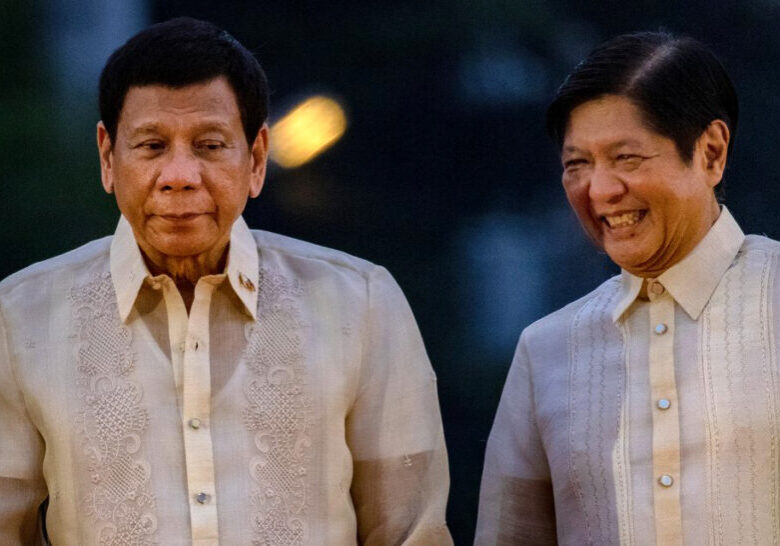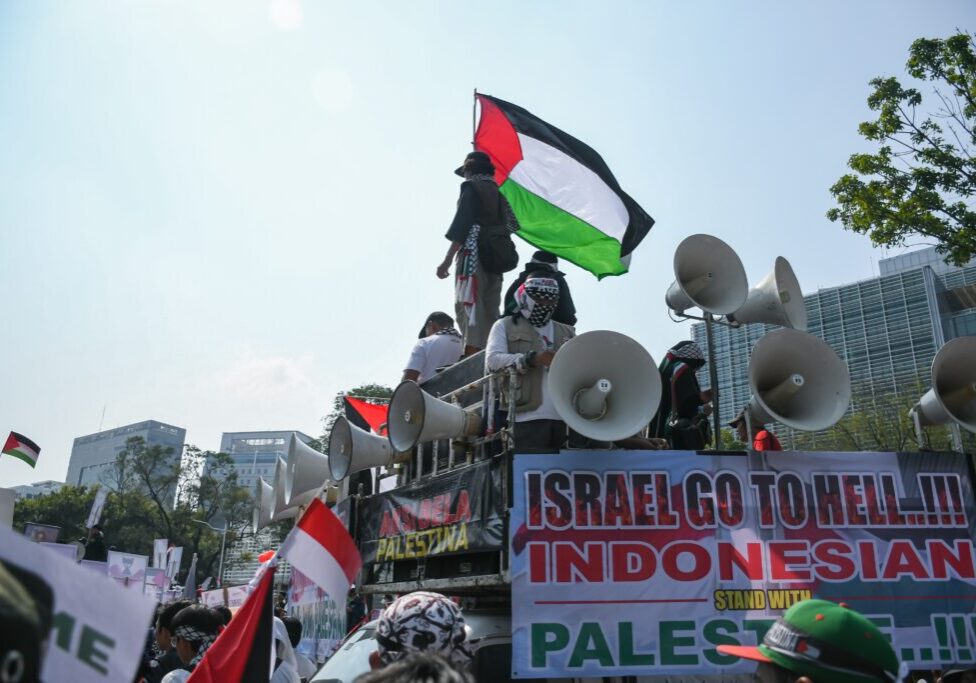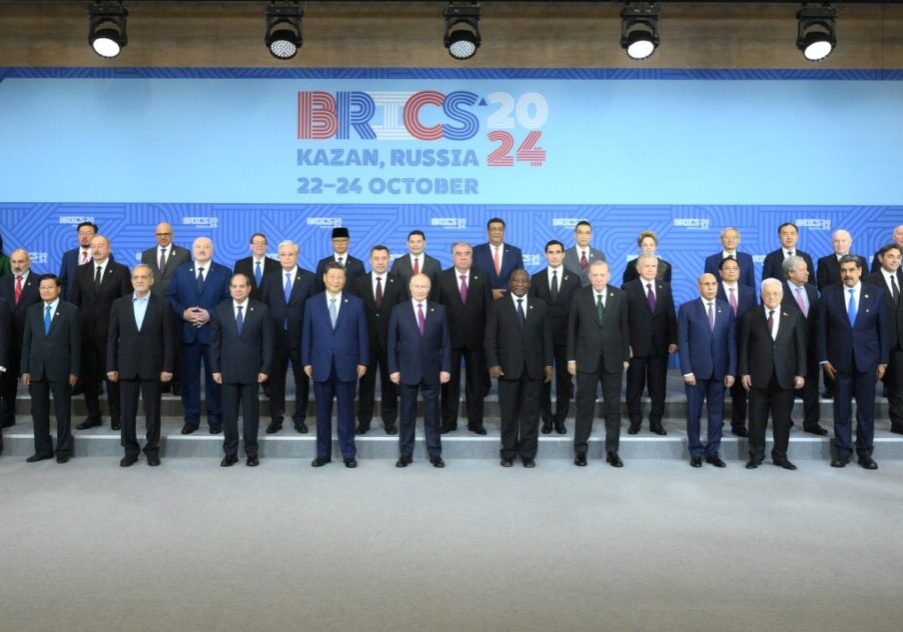Australia/Israel Review
Asia Watch: Staging Points
Sep 5, 2017 | Michael Shannon

Michael Shannon
As the battle between Philippine troops and Islamic State-linked militants approaches its fourth month in the besieged city of Marawi, it has become clear that the militants have not only developed increasingly sophisticated urban warfare tactics but are extending their presence across the region to pose threats in areas not previously associated with Islamist violence.
Even if the Marawi siege is now in its final stages, the extent to which it has galvanised IS sympathisers across the region is clear. A mid-2016 video produced by IS central media that called on Southeast Asian recruits to travel to Mindanao or to engage in operations in the region if they could not travel to Syria was a key marker for what was to come. As Islamic State territory has steadily diminished in the Levant, along with the increased difficulty for jihadists to gain passage to Syria to defend it, the cause of establishing a wilayat (province) of the caliphate in Mindanao has only grown.
The heightened activism has many regional analysts concerned that IS-affiliated militants are set to infiltrate and exploit the ongoing sectarian violence in Myanmar, as they are now referencing the conflict in IS media channels. The persecution of the 1.1 million-strong Muslim Rohingya minority in Myanmar’s western Rakhine state, denied citizenship and basic civil rights by successive Myanmar governments, has led to several hundred deaths and the displacement of over 300,000, both internally and into neighbouring states.
Much of the violence has been caused by Myanmar’s security forces, as well as extremist Buddhist vigilante groups, notably in a brutal military crackdown in October-November last year [plus another one in recent days] which led to credible accusations of atrocities, swelled refugee numbers and hardened the resolve of local militants.
Attacks in recent weeks – six Buddhist villagers stabbed and shot dead in their fields; a blast in a house as locals attempt to assemble a home-made bomb – point to an intensified insurgency during the area’s rainy season, which constrains major military operations. Accompanying this is an increasing number of targeted killings of mostly Muslim civilians viewed as collaborating with the security services or local government administration.
Regional intelligence experts note that external support in the form of arms and funding have in recent months reached the militants via Malaysia, Thailand and Bangladesh. Crucial to this is the large and increasingly empowered Rohingya diaspora of several hundred thousand in the Persian Gulf, Pakistan and Malaysia, where as many as 130,000 Rohingya refugees and migrant laborers currently reside.
Having claimed responsibility for recent violence, the main Rohingya jihadist group is the Arakan Rohingya Salvation Army (ARSA) – formerly known as the Harakat al-Yaqin. It is understood to have a leadership council based in Saudi Arabia and local leaders with backgrounds in Pakistan. This represents a support network that likely translates into donations from sympathetic businessmen in both countries.
Intelligence officials have revealed that a group of senior Rohingya clerics based in Saudi Arabia has already played an important role in fundraising and enabling money transfers. Meanwhile, Malaysia has emerged as both a major clearing-house for ARSA funding and a transit point for the movement of militants.
Myanmar’s relations with Malaysia have been strained for several years over the Rakhine crisis, while ties with neighbouring Bangladesh have been difficult for decades, so Naypyidaw has looked primarily to Buddhist Thailand for help in clamping down on the movement of money and militants into the emerging conflict zone. Senior Myanmar officials travelled to Bangkok earlier this year to discuss deepening intelligence exchanges on the issue of Islamist militant activity.
A key focus is on the town of Mae Sot on Thailand’s western border with Myanmar. A fast growing trade and industrial hub of some 200,000 people, Mae Sot has long had a significant Muslim population and it has emerged as a key staging point for couriers and militants travelling overland north from Malaysia into Myanmar.
Whether the ARSA militants and the Barisan Revolusi Nasional (BRN) insurgents in southern Thailand are in contact is an open question, but certainly both groups have key organisers in Malaysia and share broadly similar ideological objectives within Buddhist-dominated states.
Of arguably greater concern is Bangladesh, where up to 300,000 displaced Rohingya have already settled in the southern Bangladeshi districts of Chittagong, Cox’s Bazaar and Bandarban. There are signs that ARSA is trying to recruit from this large pool, while also beginning to access small-arms consignments sourced from Asia’s black market in weapons in Karachi, Sharjah and Abu Dhabi, via freighters and fishing boats operating in the Bay of Bengal.

